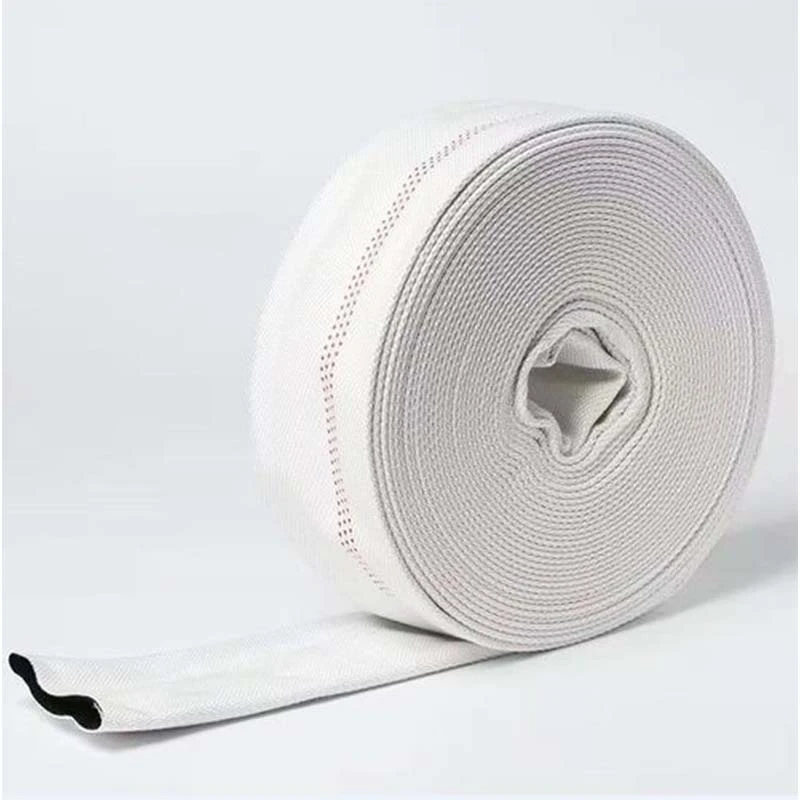lpg gas hose maximum length
Understanding the Maximum Length for LPG Gas Hoses
Liquefied petroleum gas (LPG) is widely used for cooking, heating, and powering various appliances. To ensure safety and efficiency in its use, one crucial aspect is the length of the LPG gas hose. This article will explore the factors affecting the maximum length of LPG gas hoses, the standards and regulations governing hose lengths, and best practices for installation.
Importance of Hose Length
The length of an LPG gas hose can significantly impact the performance of the system. An overly long hose can lead to pressure loss, which affects the efficiency of gas appliances. Additionally, longer hoses may become more susceptible to wear and tear, leading to potential hazards. Therefore, understanding the maximum allowable length is essential for both safety and performance.
Factors Affecting Maximum Hose Length
1. Pressure Drop One of the primary concerns with longer hoses is the minimum pressure required for optimal operation. Every gas appliance operates best at a specific pressure. As the length of the hose increases, friction losses also increase, leading to a drop in pressure. It’s important to calculate the pressure drop based on the hose length to ensure that the appliance receives sufficient gas pressure.
2. Diameter of the Hose The diameter of the gas hose plays a critical role in determining the maximum length. A larger diameter can accommodate more gas flow with less pressure drop, enabling longer hose lengths. In contrast, smaller diameter hoses may limit the length due to more significant pressure losses.
3. Temperature and Environment External factors such as temperature and environmental conditions can influence the performance of LPG hoses. High temperatures can soften the material of the hose, making it less durable over longer lengths. Similarly, if the hose is exposed to extreme weather conditions, it may require shorter lengths to remain safe.
4. Material of the Hose The material composition of the hose is a determining factor in its flexibility and pressure resistance. Hoses made from robust materials like rubber or thermoplastic typically have better performance characteristics than those made from inferior materials, impacting the safe maximum length.
Regulations and Standards
lpg gas hose maximum length

Various international and local standards exist regarding LPG gas hose installation, including maximum length specifications. In many regions, the maximum length for domestic LPG hoses is typically capped at around 5 meters (approximately 16 feet). However, this can vary based on the type of application, the regulations in specific jurisdictions, and the size and purpose of the gas appliance.
When utilizing hoses in industrial applications, such as in commercial kitchens or manufacturing facilities, the maximum length can be different. In these settings, specific guidelines provided by organizations such as the National Fire Protection Association (NFPA) and the American National Standards Institute (ANSI) should be consulted to ensure compliance with safety requirements.
Best Practices for Installation
1. Planning the Layout When installing LPG appliances, it is crucial to plan the layout to minimize hose length. Shorter hoses reduce the risk of pressure loss and potential hazards and are easier to manage.
2. Regular Maintenance Regular checks should be conducted to ensure the integrity of the gas hose. Signs of wear, leaks, or other damage should be addressed immediately by replacing the hose or making necessary repairs.
3. Use Approved Hoses Always choose hoses that meet industry standards and are approved for LPG use. This ensures that the materials are suitable for handling propane and butane safely.
4. Professional Installation Whenever possible, enlist the help of certified professionals to install or inspect your LPG gas systems. They have the expertise to ensure that hose lengths and connections comply with safety regulations.
Conclusion
The maximum length of LPG gas hoses is a critical consideration for any gas installation. By understanding the factors influencing hose length, adhering to industry standards, and following best practices, users can ensure the safe and efficient use of LPG. Proper installation and maintenance not only promote safety but also enhance the performance of LPG systems in residential and commercial settings.
-
Unveiling the Landscape of PVC Air Hoses and Comparative AnalysisNewsJun.24,2025
-
Unraveling the World of Specialized Braided Hoses and Their AlternativesNewsJun.24,2025
-
The Essential Role of PVC Hoses in Air - Related SystemsNewsJun.24,2025
-
Precision - Engineered Tubing and Braiding SolutionsNewsJun.24,2025
-
Pneumatic Tubing and Braided Hoses: Powering Industrial OperationsNewsJun.24,2025
-
Comparative Analysis and Insights into Air Hoses: PVC vs Rubber and BeyondNewsJun.24,2025














